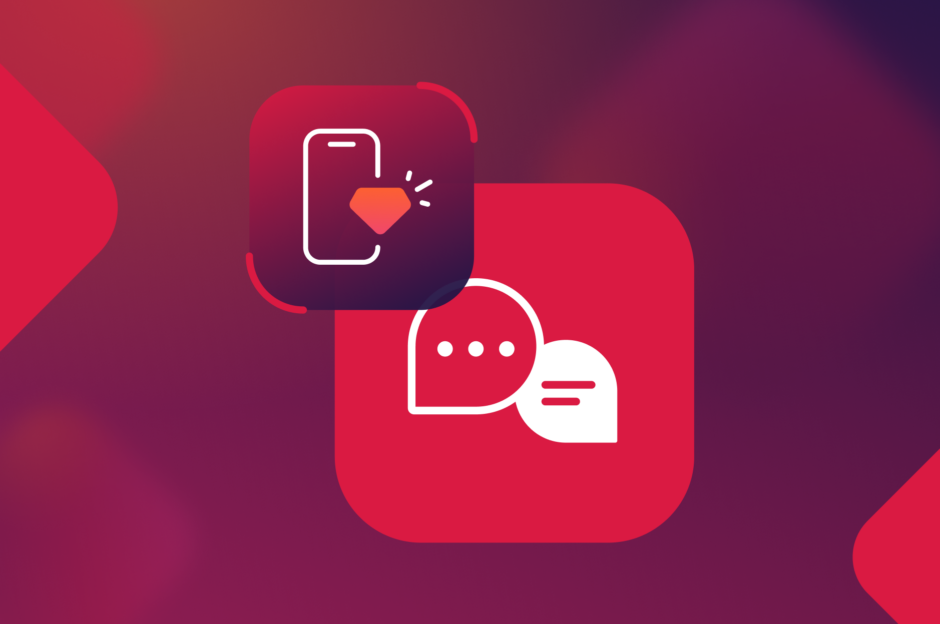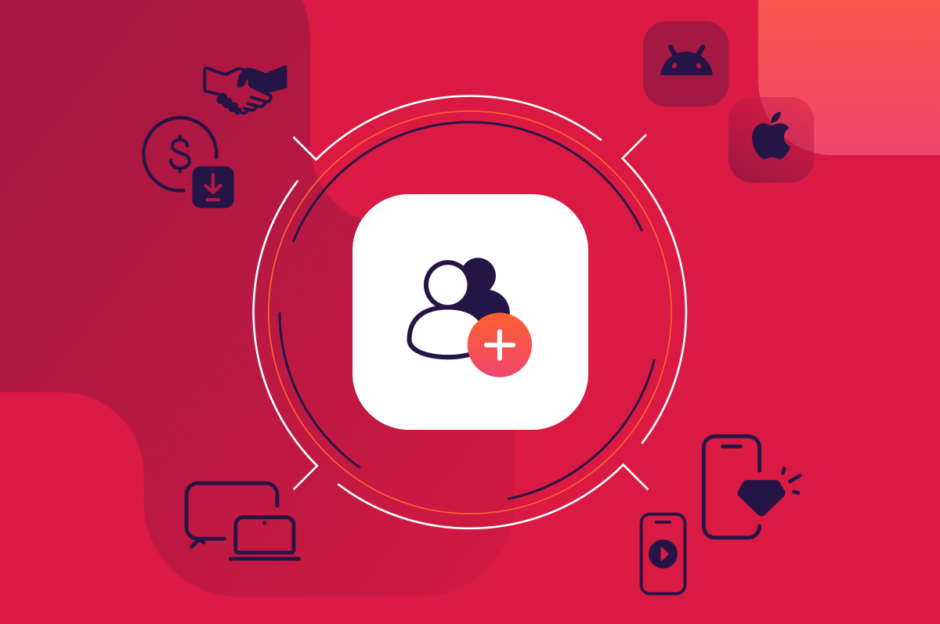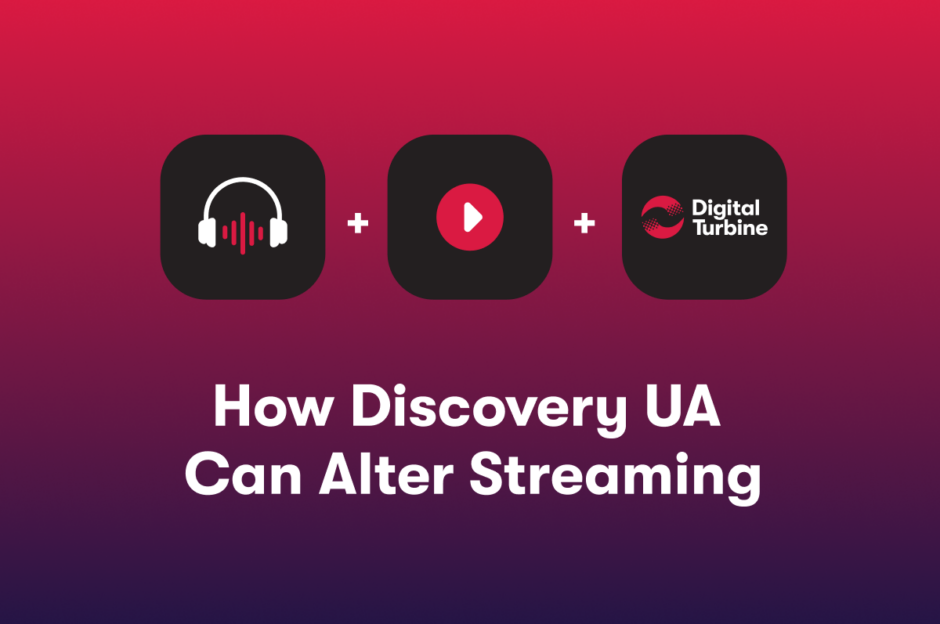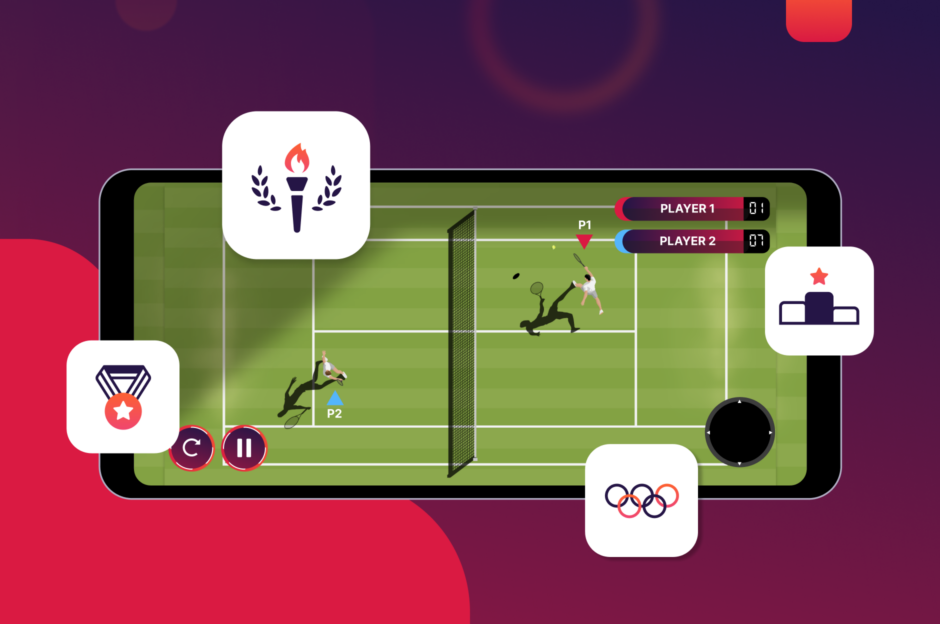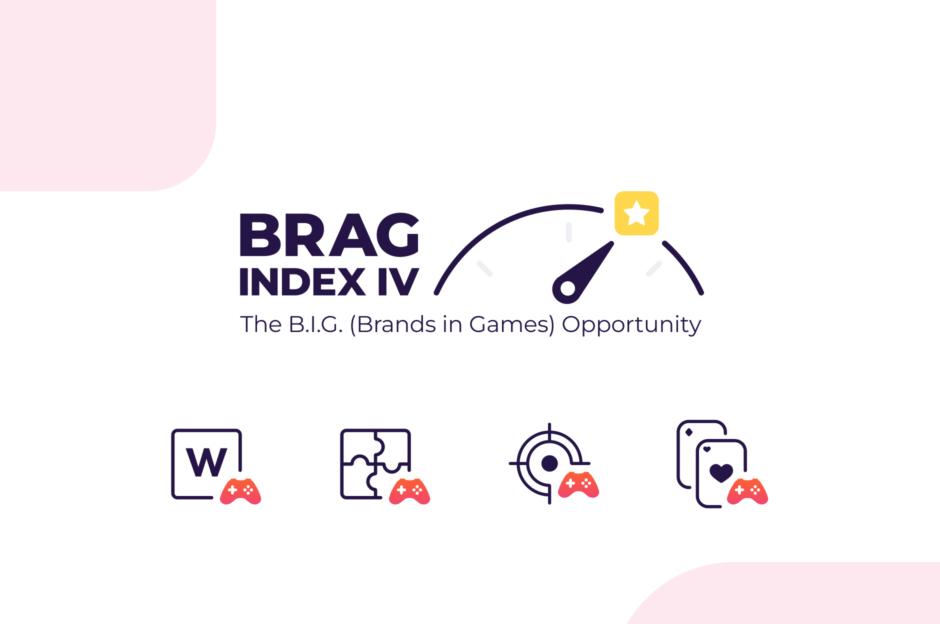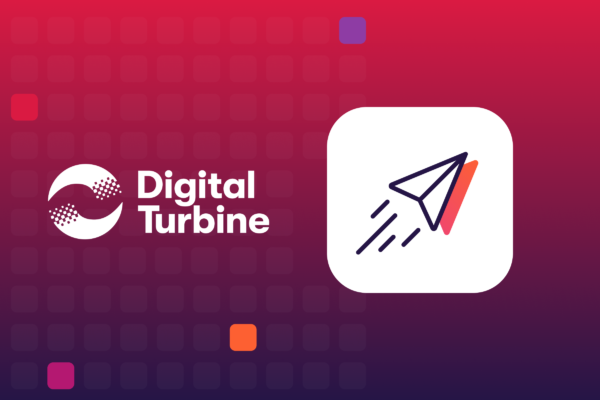
If I were to say the words “Flickr” and “Instagram,” what would be the first thing that came to your mind?
Both currently exist as photo sharing apps; both provide users with video integration; and both harness the power of social media. One was purchased by Facebook in 2012 (Instagram), the other by Yahoo in 2005 (Flickr). Two similar stories, two similar services, one distinct digital age difference:
While Instagram continued to grow in 2016, Flickr’s growth now appears to be stagnant.
As of 2016, the number of Flickr app users was measured at 122 million (with a flattening growth trajectory), while the number of Instagram users was measured at 300 million daily users, 500 million monthly users, and 20% of ALL internet users. While it is true that there could be any number of reasons as why these two very similar photo-sharing apps have experienced a significant and recent growth divergence, the brief overview above demonstrates a hard truth of the digital age:
Truly unique ideas are difficult to come by…
The reality of today is that mobile app success depends less on mind-blowing and life changing app capabilities, and more on the pragmatic strategies that publishers and marketers implement in order to reach users. While this statement may go against your “if we build it they will come” entrepreneurial intuition, it is supported by the facts:
- The iOS App Store averages more than 1,000 new apps per month with 1.5 million total apps
- The Google Play store averages 1,300 new apps per month with 1.8 million total apps
- Up to 83% of App Store apps are “zombie” apps (i.e. invisible to users)
Those publishers who lack a well-developed user acquisition strategy run the risk of becoming one of the thousands of overlooked apps that have never before been downloaded. Remember, nothing happens by accident. Publishers who plan are publishers who achieve. In order to assist you with your pragmatic planning, we have dedicated this post to briefly reviewing some of the most effective techniques of app user acquisition, including the one that we believe to be the future of user acquisition: Native App Preloads…
Let’s take a look!
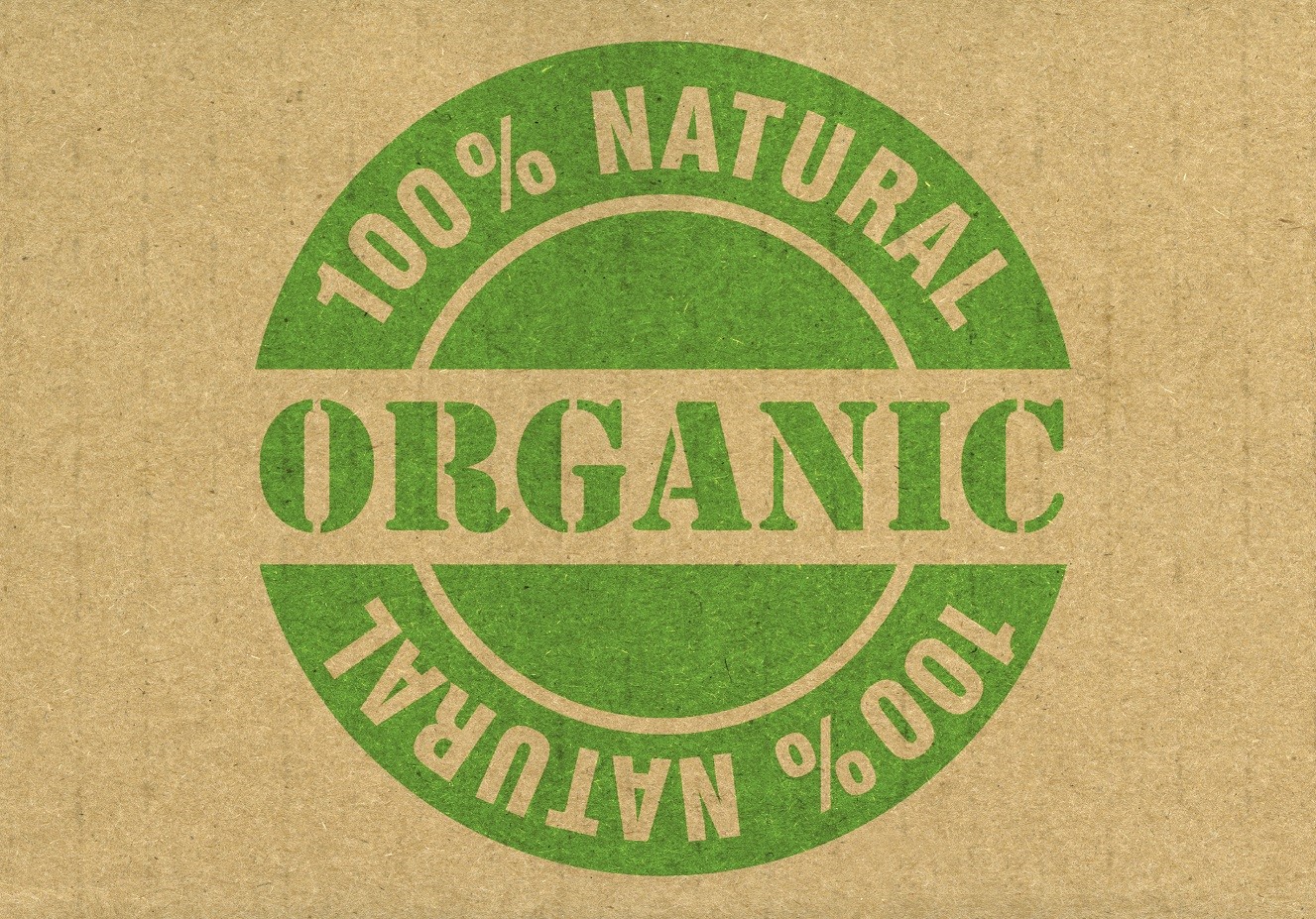 Often untapped and under optimized, organic channels are those marketing channels which do not require publishers to budget expenses or spend revenues. Typically associated with what is known as the “free channel” bias, it is important for publishers to part ways with the false notion that just because a marketing channel is free, it will result in lower ROI when compared to paid tactics. Organic channels work best when teamed together with paid advertising, and potential options can range from email, to SMS, to mobile web. For the purposes of this post, let’s briefly review two of the more the prominent organic user acquisition channels of the digital age.
Often untapped and under optimized, organic channels are those marketing channels which do not require publishers to budget expenses or spend revenues. Typically associated with what is known as the “free channel” bias, it is important for publishers to part ways with the false notion that just because a marketing channel is free, it will result in lower ROI when compared to paid tactics. Organic channels work best when teamed together with paid advertising, and potential options can range from email, to SMS, to mobile web. For the purposes of this post, let’s briefly review two of the more the prominent organic user acquisition channels of the digital age.
App Store Optimization – Also known as “ASO,” app store optimization is a crucial part of the digital age mobile user acquisition puzzle. ASO is the organic process of optimizing app listings in order to rank higher within app search results (be it Google Play or the App Store). Why is this important? Well, the higher an app ranks within the search results of a respective app store, the more visible it is to customers, and the more traffic that will potentially download the app. With around half of all apps discovered through organic app store searches, ASO is an essential element of a well-rounded user acquisition strategy, particularly when it comes to understanding target market values and potential competitors. One important focus factor deals with the app title. is here that publishers must understand that, contrary to popular opinion, app titling isn’t solely a matter of branding. Relevant title keywords have the potential to not only influence search results, but in turn, stimulate organic word of mouth marketing. How influential can title keywords be? Well, one relatively recent study suggests that, of the top 25 ranking positions, apps with relevant keywords in their title rank, on average, 10.3% higher than those without relevant title keywords.
Social Media – As a second essential organic channel of user acquisition, social media app integration focuses on target market engagement. It is here that app publishers have the potential to implement pre-existing social media channels in order to help increase marketing buzz while simultaneously (and intimately) connecting with market demographics. As social media is today’s preferred method of information gathering and peer-to-peer consumer interaction, app users should be granted direct access to Twitter, Facebook, or LinkedIn via in-app linkages. This will go a long way in facilitating shares, comments, and discussion. Aside from generating buzz, one of the most important (and often overlooked) aspects of going organic with social media is the power of the referral (i.e. influencer marketing). Influencer marketing is a form of social proof, and it can go a long way in boosting app popularity (as this Wall Street Journal article demonstrates). this very point, a recent Tomoson poll of 125 marketers found influencer marketing to be one of the fast-growing user acquisition tactic, ranking ahead of organic search, paid search, and email marketing. Together with social integration, promotion, and personalization, influencer marketing is just one of the many cost effective ways that social media can be implemented to create a complete user acquisition strategy.
Paid Advertising
 With 2016 mobile ad spend closing out in the range of $45 billion, it is clear that paid advertising is employed as the prominent app user acquisition strategy of the digital age. While still in its mobile infancy, paid advertising is the most efficient route to finding large scale exposure in the shortest period of time. With an estimated 90% of all mobile time allocated towards app use, publishers are now diversifying their digital age paid strategies to include app stores, social media, as well as third-party . Let’s take a look.
With 2016 mobile ad spend closing out in the range of $45 billion, it is clear that paid advertising is employed as the prominent app user acquisition strategy of the digital age. While still in its mobile infancy, paid advertising is the most efficient route to finding large scale exposure in the shortest period of time. With an estimated 90% of all mobile time allocated towards app use, publishers are now diversifying their digital age paid strategies to include app stores, social media, as well as third-party . Let’s take a look.
Banner Ads – The “old school” of mobile user acquisition, banner ads have fallen out of favor with publishers in recent years due to the limited availability of mobile screen space, and their rate of accidental clicks. Some estimates put the “error rate” of banner ads as high as 50%, while other studies have found the average eCPM publisher payout to be as low as $0.75 (ouch). Yet, for all the reasons that exist to avoid banner ads, they do have their benefits. Mobile banners are supported by a large number of publishers, and formatting is standardized to allow for massive reach. They are relatively inexpensive (when compared to most paid channels), and therefore are a popular choice among those publishers working on limited budgets. However, with only about four-in-10 mobile users even trusting mobile banners, the time to move to native ads may be here.
Native Ads – If banner ads are the “old school” of app user acquisition, native ads are the youngsters on the scene. Taking advantage of the natural form and function of the surrounding user experience, native advertising offers distinct advantages from banner ads. Functioning in cohesion with natural mobile content, native ads provide reach, branding, and value. They not only register a 18% higher lift in purchase intent when compared to banner ads, but they are also viewed 52% more frequently than banner ads. For all the great benefits, why would any publisher neglect native ads as a piece of their paid strategy? Well, as native ad buying techniques and campaign management tools are still emerging, the path to scalability is somewhat murky. Native advertising formats are also non-standardized (i.e. not managed by the IAB or MMA), and each publisher has the liberty to create ads with different functionality and style. This is another barrier to scalability. Yet, given their many benefits, native ads are likely to play a pivotal role in the future of app user acquisition.
Cross Device / Retargeting – Mobile retargeting technology is available for both mobile banner and native ads, and which you will retarget will depend on whether you want to drive volume (banner) or engagement (native). Given its potential reach, a lot of time, effort, and enthusiasm goes into the planning and development of mobile retargeting strategies. The enthusiasm surrounding mobile retargeting is so high, that, as recently as 2014, 90% of marketers ranked mobile retargeting as the best tactic available for paid user acquisition. In an industry infamous for proclaiming the arrival of “next best thing,” the retargeting hype seems rather reasonable given the recent explosion of . Typical optimization strategies include the application of deep links, creative optimization, capping ad frequency, and consistent testing. The “cross device” portion of retargeting refers to an acquisition technique where visitors are retargeted with additional value messaging across all devices of use. If they eat breakfast with their smartphone, lunch with their tablet, and dinner with their computer, cross device retargeting can deliver relevant messages via all three devices.
Native App Preloading – A Game Changer
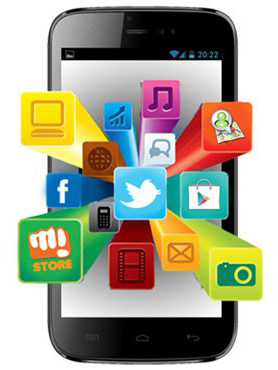 While all of the above mentioned tactics, both organic and paid, are key components of a complete digital age user acquisition strategy, they all depend (to a large degree) on user good will. Wouldn’t it be easier to save time, effort, and ad spend by going directly to where your potential users already are?
While all of the above mentioned tactics, both organic and paid, are key components of a complete digital age user acquisition strategy, they all depend (to a large degree) on user good will. Wouldn’t it be easier to save time, effort, and ad spend by going directly to where your potential users already are?
If so, native app preloading may be just what the digital doctor ordered.
It is well understood that, when it comes to user acquisition, the most valuable real estate that exists is the mobile phone home screen. With the average person checking their mobile device more than 40x per day, it is the most direct point of contact that exists between publishers and app users. It is no surprise then that native app mobile preloads are the next “big thing” in the world of user acquisition. While not an entirely new concept, mobile carriers and OEMs (Original Equipment Manufacturers) understand that, when it comes to app user acquisition and promotion, preloading is one of the best strategies available… especially given the competition that exists in the very crowded app market.
When discussing mobile app preloads with publishers and users, there are two common misperceptions that come to the mind. We can call them the “two b’s” of preloading:
- Bloatware
- Budget
Bloatware refers to the common mobile user misconception that all preloaded apps are unwanted, non-negotiable, and intrusive. In order to overcome this misconception, carriers and publishers are now turning to native app preloads for a smarter, more engaging, and user friendly preload experience. This transformation, from a rigidly archaic to fully customizable preload process, means that publishers now have the ability to change their user acquisition model to provide preloaded apps on a customizable basis. The “one-size-fits-all” mentality of yesteryear is no longer viable when it comes to digital age user acquisition, and it is for this reason that we now see a diverse range of app delivery options, including app delivery via SIM.
Turning to the second of the “two b’s” of app preloading, we find the ever persistent misconception that app preloading is an extremely cost inefficient process. While it is true that the most widely adopted users of the preload practice are big branded apps with the ability to pay for global distribution, the recent shift towards a more cost effective cost-per-install model means that today’s publishers only pay for the install, as opposed to the impression. This has opened up a new era of user acquisition and engagement by allowing for the implementation of affordable preload strategies.
Another ROI infused value driver of native app preloading is the comparative advantage that it offers publishers. For example, when we think of ride-sharing services, it is a safe bet that the first company that comes to mind is Uber. Going to a concert? Get an Uber. Returning from the airport? Get an Uber. Have a date? Get an Uber. And yet, while Uber may have pioneered the notion of ride-sharing, it isn’t the only ride-sharing service provider that is available on the market. Understanding this, ride-sharing industry competitor Lyft recently diversified their user acquisition strategy by signing a comprehensive app preloading agreement with Verizon. The largest mobile phone carrier in the United States will now preload the Lyft app on Android phones in an effort to help them gain a competitive edge in the battle for user acquisition. As a value-driven addition to an already well-rounded acquisition strategy, Lyft is a great example of how companies big and small can use native app preloading as an effective means of acquisition diversification.
With native app preload installs achieving average conversions rates as high as 25% (as compared to 1-2% with traditional paid advertising), native app preloads present a feasible means of avoiding costly ad campaigns while still gaining the attention of thousands of digital age customers.
In Conclusion…
A complete and holistic approach to app user acquisition will include not only organic channels and paid advertising, but a strong emphasis on native app preloading strategies. As with all user acquisition campaigns, testing will be key. From discovering what organic channels your users frequent, to what devices they favor, to how they interact with preloaded apps, the three categories above offer publishers the real-time flexibility to meet and surpass even the most ambitious user acquisition goals of the digital age.
Sign-Up
straight to your inbox.

